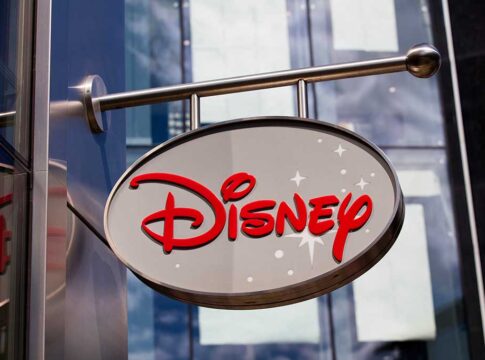Disney’s recent decision to remove trigger warnings from its classic content signals Disney’s prioritization in financial performance. The repercussions of this decision force a reevaluation of how media giants balance cultural responsibility with business interests. How might this affect future diversity and inclusion efforts in entertainment?
Disney’s Pivot: From Woke to Profits
Disney’s strategic shift away from trigger warnings on classic films like “Peter Pan” and “Dumbo” marks a significant departure from its previous stance on content sensitivity. This move aligns with a broader strategy to prioritize financial performance over cultural messaging.
The decision has sparked intense debate, with critics arguing that it undermines efforts to address historical insensitivities in media. Supporters, however, view it as a return to common sense and a pushback against excessive political correctness.
“THEY FORCE ALL THESE THINGS UPON US”: Disney is the latest company to ditch DEI initiatives, choosing to focus on business outcomes instead. While Disney+ is dialing back those content warnings on classic films. @JoeConchaTV weighs in. pic.twitter.com/7htmtBkeLE
— The Big Weekend Show (@BigWeekendShow) February 17, 2025
Cultural Battlegrounds: From Superheroes to Comedy
The controversy extends beyond classic animations, as evidenced by the backlash against Disney’s upcoming film “Captain America: Brave New World.” Pro-Palestinian protesters have targeted the movie for its inclusion of Sabra, an Israeli superhero character.
This situation underscores the complex interplay between entertainment and geopolitical sensibilities. Disney’s decision to portray Sabra as an Israeli Secret Service agent rather than a Mossad member reflects an attempt to navigate these treacherous waters.
The BDS movement is calling for people to Skip Captain America Brave New World
It features a Pro-Israel Character, Sabra, named after a massacre pic.twitter.com/3xXPxYwoCj
— Ryan Rozbiani (@RyanRozbiani) February 4, 2025
The Evolving Landscape of Entertainment
The debate over Disney’s content decisions occurs against a backdrop of broader discussions about cancel culture and artistic freedom. Some comedians, including Stephen Colbert and Seth Rogen, have dismissed concerns about cancel culture, pointing to the continued availability of potentially controversial content like “The Office.”
Meanwhile, figures like Joe Rogan have criticized what they perceive as Democrats’ failure to adapt to social media dynamics and mainstream media narratives. This highlights the growing divide between traditional media approaches and new forms of content distribution and consumption.

